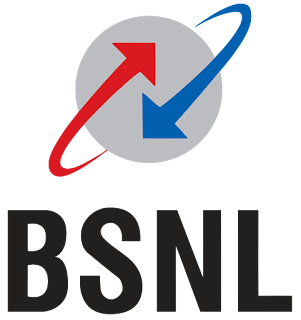 The necessity of effective inventory management is being increasingly realized in industrial and non-industrial organization both in India and abroad. This realization has come about because of increasing complexity of the task of managers and administrators. In most organization, the problem of effective inventory control is now viewed as the most critical problem with changes in social climate. While these can be great assets to the organizations, they become problems if the organization is not able to manage inventory properly.
The necessity of effective inventory management is being increasingly realized in industrial and non-industrial organization both in India and abroad. This realization has come about because of increasing complexity of the task of managers and administrators. In most organization, the problem of effective inventory control is now viewed as the most critical problem with changes in social climate. While these can be great assets to the organizations, they become problems if the organization is not able to manage inventory properly.Liquidity and profitability are the two vital aspects of corporate business. Any business cannot run without these two. A firm may run without profits for sometime; but with no liquidity, the firm cannot run their business. That is why management of inventory is an integral part of corporate planning in business life.
The proper inventory control system leads to an optimum utilization of resources. Idle materials are of a financial burden to the organization. Thus proper, inventory management directly assists in efficient functioning of the company. S.L. Goel says “takecare of the forest, the tree will take care of itself”, it should be the main motto of an inventory controller.
In inventory management, various methods and techniques can be adopted to control the inventory like, prompt maintenance of registrars, proper raw material arrangement, and fixation of various control levels and application of inventory control techniques and bin card system etc, which are relevant for inventory control in stores department.
Inventory management will help an organization in dealing with the supply of the raw materials and other activity in order to achieve the maximum co-ordination and optimum expenditure on materials to increase the profits of the firm. CLA‟s inventory control system is chosen for the study; by the investigator is no expectation in view of growing significance of the efficient control of inventories. Hence, the researcher was prompted to take up this topic.






























